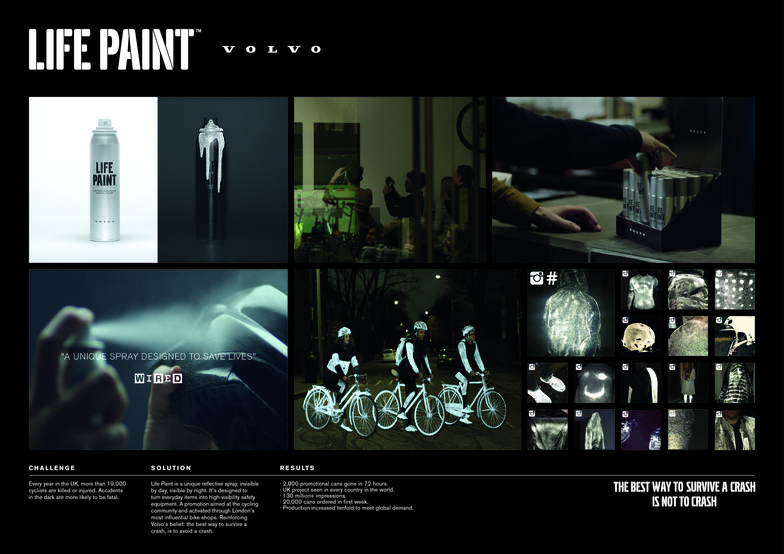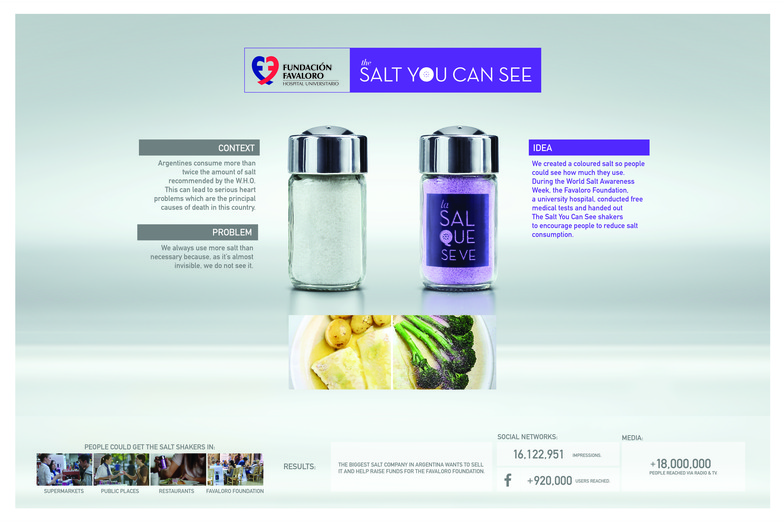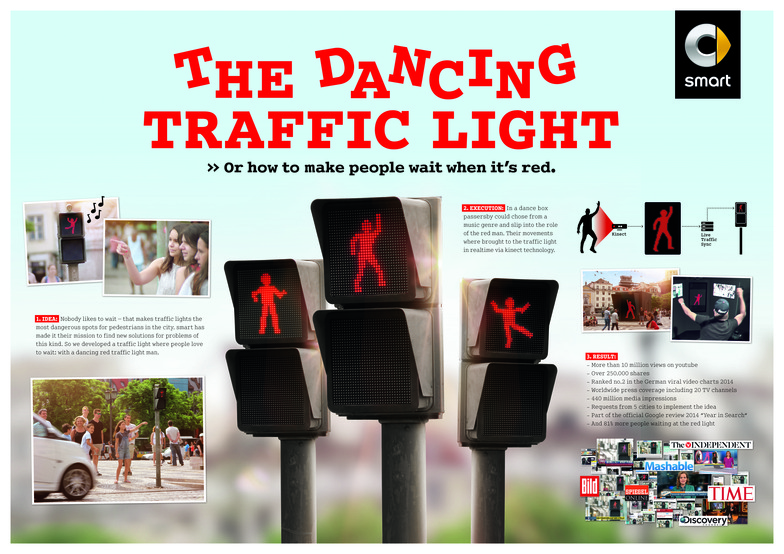Isn't Cannes these days just one big PR category?
Bonjour♪ Everyone. That time of year when France-obsessed folks flood the streets is upon us. That's right, the season of the lion is here again! So, following tradition, I'll be reviewing the Cannes award-winning films through "Iguchi's Eyes" (Huh? Sound familiar?).
Of course, simply saying "That's amazing!" or "This is super cool!" about the winners isn't enough. I'll be picking out "immediately useful, things you'll want to copy" for your work, so stay tuned. The theme is: "The path opens up by starting to copy!" Oh, and I don't mean plagiarism, mind you—be careful how you phrase that.
This year's Cannes felt chaotic, didn't it?
First off, my takeaway is "I can't quite pin down the trend this year." Usually, there's a current reflecting the times, giving you a clear direction like "Let's aim for that trend next!" But this year's winners felt so scattered... What to do? But then again, with such a diverse jury from around the world, it might be weird for everyone to agree on the same work. This year, there didn't seem to be any standout entries winning across multiple categories. That said, I did notice a lot of entries across the categories incorporating a PR-focused perspective. I might be biased, but it feels like creating buzz from a PR viewpoint is really taking off. Maybe I'm just seeing things through rose-colored glasses because it's my field. Well, I guess my own work is just so Kawaii...
From a slightly different angle, one thing I can strongly say is that this year saw even more clients from Japan participating. Cannes Lions was originally meant to be a festival for creators, but year after year, clients are joining in too. This year, no matter where I looked, I saw so many familiar faces. Yes, I think clients themselves are coming not just to see the creators, but to feel firsthand what's happening at the cutting edge of communication and creativity. In other words, they're "coming to see for themselves." It's not that they find agency reports insufficient or untrustworthy, but perhaps they're coming to inspire themselves by seeing the mindset and commitment with which leading companies tackle things. And they're learning things they can implement immediately. Well, that's a good thing, right?
So this time, aligning with the global trends I've observed over the past few years, I'll introduce a wide range of works—from shortlisted entries to Grand Prix winners—focusing on cases where you can immediately think, "Let's try doing XX right away!" It's like an "Iguchi Collection" or a "Tribute by Iguchi"... Oh, I just noticed a mistake here. I'm not "Iguchi" but "Inokuchi." Man, it doesn't come up right away in the conversion.
The push to properly link "Social Good" with actual purpose is accelerating
First, I want to address what happened to the trend where everyone used to unanimously say, "Social good is important, right?" Looking at Cannes as a whole, it feels like the impression has faded a bit. But rather than social good disappearing, it seems to have become something we should just take for granted as a given.
About half of this year's Gold-winning works incorporated approaches tied to such social issues, and it's clear they received high praise based on that shared sense of "Yeah, that's definitely a good thing." However, while various social problems exist, few directly connect to corporate activities. Forcing a connection from too distant a point feels a bit off, so current efforts seem focused on linking these issues more directly to corporate purpose. These efforts are now being introduced as a new movement called "Social Purpose." I've long argued that CSR activities detached from a company's core business hold no real meaning. It seems this perspective is finally starting to gain traction.
Rather than merely positioning their stance near social issues as an entry point, initiatives that fundamentally re-examine how much value their core business activities can provide to society – going back to the very foundation of the company or brand – and communicate this with genuine conviction have garnered significant acclaim. It might be fair to say that people have belatedly realized: if it doesn't benefit the company itself, it's meaningless. (Sorry for sounding so high and mighty.)
Take the PR category Grand Prix winner, "#LikeAGirl." This P&G campaign for its Always feminine hygiene brand aimed to change the phenomenon where girls lose confidence in various situations due to the physical changes of starting menstruation. It clearly positioned the company as one supporting women and cleverly directed its message not only to the girls themselves but also to men in society.
When asked to "act like a girl," men, boys, and even adult women perform weak, submissive gestures. Yet the pre-teen girls themselves demonstrate the exact opposite—powerful, confident actions. This contrast exposes how deeply ingrained prejudice is in society's view of women, forcing viewers to confront their own stereotypes and biases.
Meanwhile, this campaign uses helping women regain confidence as its entry point while simultaneously aiming to strengthen brand loyalty. Women, in particular, have a strong tendency to continue using products they started using before adulthood, making it highly desirable for brands encountered during this period to be used long-term. According to research, four out of five pre-teen girls responded that "Always is helping change the concept of the phrase 'Like a girl'."

Cannes Lions 2015
Attempting to overturn such "societal stereotypes" is undoubtedly a demanding and difficult challenge, but the courage to take it on is commendable. It serves as a significant wake-up call, highlighting that gender issues aren't confined to developing countries but persist even in developed nations. This aligns with the goal of gaining sympathy for "P&G changing this kind of world." The meaning of "social good" itself changes significantly depending on whether such a deep connection exists.
Similarly, Unilever/Dove's "#ChooseBeautiful," entered as part of the lineage of their award-winning "Real Beauty Sketches" and "Camera Shy" campaigns from the year before last, generated tremendous buzz and response. However, this year it only reached the Silver level. Just as P&G supported women in regaining their confidence, their stance as a "company that champions women's beauty" and their brilliantly crafted message urging women to "be confident in their own beauty" were consistently praised. Yet this year, it didn't rank very highly.
However, I believe the corporate stance of "clearly recognizing one's own position and continuously communicating its value to society" will remain a significant trend going forward. It might be worthwhile to revisit the question: "What exactly is my company's social value?"
Ditching "fixed ideas" to find the optimal approach for results
Along similar lines, another campaign that caught my attention was Volvo's "Life Paint." Volvo is known as a car manufacturer. Yet, this time they launched a luminous spray paint for cyclists. You might wonder, "Why would an auto manufacturer release something like that?" Volvo positioned it as part of their social responsibility as a carmaker, demonstrating a commitment to tackling accidents caused by vehicles head-on. In your image, Volvo cars are incredibly sturdy, equipped with the latest airbags and other features, constantly striving to protect drivers and passengers—their commitment to safety leaves a strong impression, right? However, this time they concluded that safety shouldn't just focus on those inside the car, but should extend to everyone around them. So they developed a luminous spray to prevent collisions and released it for pedestrians and cyclists. It became a huge hit.

Cannes Lions 2015
Behind this is their stated goal: "By 2020, we aim to eliminate all Volvo-related traffic fatalities and serious injuries." With collisions involving cyclists being particularly frequent at night, they focused on enhancing cyclists' visibility and enabling drivers to avoid accidents. Faced with a problem that couldn't be solved solely by improving the car itself (like brighter lights) or driver education (changing driver awareness) – areas within their direct control – they took a "reverse perspective" approach. They aimed to change the very nature of the people involved in collisions: the everyday citizens themselves.
It's truly a Columbus's egg kind of idea. You could say it's a campaign that tackled the problem by abandoning the "fixed notion" that something had to be done on the vehicle side. That determination ("no means are off-limits to achieve results" – not in a bad way!) makes it feel like a serious and effective initiative.
Let's create "triggers" to change "fixed ideas"!
Let me share another example that began by discarding fixed ideas. This campaign, "The SALT YOU CAN SEE," won Bronze in PR and Gold in the Direct category. It was a unique initiative launched during World Salt Awareness Week by an Argentine healthcare advocacy group to curb excessive salt consumption.
You've probably experienced this: you think something needs a little more salt, grab the table salt, sprinkle it on, and then take a bite only to think, "Whoa! That's way too salty! I put too much on~ (sob)." Why does that happen? When I wondered why we can't tell how much we've added, it hit me: "Salt is white and semi-transparent, so you just can't see it!" But no one had ever solved that problem. So what they came up with was the audacious idea (lol) of "coloring salt."

Cannes Lions 2015
"You can't tell because it's white, so let's make it purple, purple♪" So they distributed purple salt to everyone. When people actually sprinkled it, the vivid color scattered across their plates, making them realize, "Whoa! I was putting this much salt on my food all along!" Of course, they used food coloring that's harmless to the body.
Once you experience something like that, you naturally start paying more attention later. This initiative creates a trigger to make people think about their daily habits, sustaining awareness through that strong impression. Here too, the perspective of "abandoning fixed notions" seems alive. Ideas like this are probably easier to remember. I wish I could get this colored salt too. I wish they'd sell it.
Actively creating opportunities to spark interest
Creating triggers works well for audiences already somewhat aware, but reaching those with no prior awareness is challenging. Campaigns like "#LikeAGirl" and "#ChooseBeautiful," which leveraged viral buzz to draw people to their videos, or "The SALT YOU CAN SEE," which utilized health awareness week seminars in hospitals as opportunities, can be seen as having a certain track laid out. But what if we could create more spontaneous opportunities to raise awareness? What if we ventured closer to people's daily lives? "THE DANCING TRAFFIC LIGHT" offers a hint in this direction.

Cannes Lions 2015
This campaign by Germany's Daimler AG also aimed to reform pedestrian awareness for accident prevention. While most people in Japan follow the rules, overseas, a red light itself can sometimes be perceived as meaning "proceed with caution." Why can't people wait for the green light? Why can't they wait? Starting from this question, they flipped the idea: "Wait a minute, if the signal were fun, wouldn't waiting be less boring?" And so, they made waiting at the light fun! ♪ The human-shaped figures on the red light suddenly transform into an incredibly fun entertainment experience, dancing to music! And the dances are incredibly varied! Actually, real people are dancing at a nearby booth, and their movements are being converted into the signal figures.
The entertainers themselves are ordinary pedestrians, creating a system that naturally makes people want to join in the fun. This idea of creating an experience where you stumble upon it, enjoy watching it, and then think about it later has apparently led to offers from five cities wanting to try it. This kind of organic spread is great, right? Unfortunately, it only made the shortlist for PR, but it did win Bronze in the Outdoor category.
Transforming a "One-Time Experience" into Habit: Creating Experiences That Foster Active Engagement
Finally, let's look at this case study: the "A KISS IS A STAMP" campaign launched in the Netherlands for Valentine's Day. Unlike Japan, it's common in Western countries for both men and women to give flowers or cards to lovers or close friends. The post office spotted this trend. They released Valentine's Day postcards featuring a stylish kiss mark printed on the stamp space. They sold like hotcakes—100,000 copies! Sales jumped 283% year-on-year, and postcard sales increased by 40% annually.

Cannes Lions 2015
I actually help promote letter-writing myself, but let's be honest—writing letters can be a hassle, and we tend to skip it. However, offering something designed with the recipient in mind—"Wouldn't they be happy to get this card?"—became a trigger for people to actually send one. When the recipient was delighted, it created a "positive experience," which likely contributed to the subsequent surge in postcard sales. The key is providing that initial spark and creating a good experience. This case study shows that creating some kind of connection or opportunity, rather than giving up with thoughts like "They're probably not interested anymore" or "Nothing we do will change anything," is the first step toward breaking through the status quo.
There are still countless examples that align with my thinking, provide stimulation, or conversely, make me wonder "Why?". Cannes Lions isn't just a competition for creative work. I always feel what's truly important is what insights we can draw from it. Discussing these various case studies through each person's unique perspective also offers valuable hints! If clients could strengthen their own imagination and engage in deeper discussions with agencies, truly remarkable campaigns would surely emerge. If you're interested in Cannes, I'd be happy to guide you. So next year, please take me along! I'll hold the date open and wait for you!!
Was this article helpful?
Newsletter registration is here
We select and publish important news every day
For inquiries about this article
Back Numbers
Author

Iguchi Osamu
PR Consulting Dentsu Inc.
We handle a wide range of services, from developing data-driven corporate PR strategies to strategic PR for products and services, viral campaigns utilizing video content, and municipal PR. Proposes initiatives like "PR IMPAKT," which creates content likely to trend in news and social media, and "Information Flow Structure," which unravels information pathways across media. Over 30 years of experience in PR agencies. Recipient of numerous awards including "World's Top 50 PR Projects," "Cannes Lions Grand Prix," "Asia Pacific Innovator 25," and "Gunn Report Top Campaigns 100." Has served as a judge for numerous domestic and international awards, including Cannes Lions, Spikes Asia, SABRE Awards Asia-Pacific, PR Awards Asia, Japan PR Association PR Award Grand Prix, and Nikkei SDGs Idea Competition. Author of "The Essence of Strategic PR: Five Perspectives for Practice" and co-author of "Learning from 17 Successful Cases: Local Government PR Strategy."

